
When it comes to cheesecakes, preferences are as varied as pie fillings! But if you've always wondered what sets a baked cheesecake apart from a continental one, you're in the right place. For starters, baked cheesecakes are all about that oven time, creating a rich, dense texture that feels like a dessert hug. The secret? It's usually a mix of cream cheese, eggs, and sometimes sour cream, all baked to perfection.
On the flip side, continental cheesecakes are the go-to for anyone who loves a lighter, fluffier bite. This no-bake wonder often features cream cheese mixed with whipped cream or sweetened condensed milk, and it chills out in the fridge until it's time to serve. So, which one should you choose for your next gathering? Let's dive deeper and find the perfect fit for your cheesecake cravings!
- Introduction to Cheesecakes
- Baked Cheesecake Characteristics
- Continental Cheesecake Traits
- Choosing the Right Cheesecake
- Tips for Cheesecake Perfection
- Cheesecake Serving Suggestions
Introduction to Cheesecakes
Cheesecake has been winning hearts for ages, with roots tracing back to ancient Greece. Imagine serving a sweet, creamy dish to athletes during the first Olympic Games. Wild, right? Fast forward to today, and cheesecake recipes have evolved into countless varieties, each bringing unique flavors and textures to the table.
The two stars in this delectable dessert world are the baked cheesecake and the continental cheesecake. Each has its loyal fanbase and distinct personality. The baked version is the comfort food of cheesecakes, giving you that rich, dense, and irresistible creaminess after spending quality time in the oven. On the other hand, the continental one stays cool with its light, airy vibe, perfect for no-fuss dessert lovers.
Demystifying these dessert darlings isn't just about the baking (or not-baking) process. It's also about what goes into them. Think cream cheese for that signature tang, but don't be surprised by the occasional surprise ingredient like ricotta or mascarpone making an appearance in modern recipes.
Our love for cheesecake spans across the globe, with cultures adding their spins. There's the New York cheesecake famously known for its decadent richness, the Japanese version that's as light as a cloud, and so many more just waiting to be tasted.
Baked Cheesecake Characteristics
When you think of a baked cheesecake, you're probably imagining that classic creamy dessert with a delightful balance of richness and texture. The magic happens in the oven, and it all starts with the basics: cream cheese, sugar, and eggs. The eggs play a crucial role here, giving the cheesecake its firm, dense structure once they set during baking.
This type of cheesecake often boasts a buttery graham cracker crust that nicely complements its smooth filling. Some recipes add a little sour cream for tang or vanilla extract for an extra flavor kick. Plus, it's not unusual to see baked cheesecakes topped with a fruit glaze or sauce, such as raspberry or blueberry, bringing a refreshing contrast to the creamy richness.
One thing to note: the baking process requires patience. Over-baking can lead to cracks, which are the bane of any cheesecake lover! Pro tip: to avoid this, bake in a water bath. The steam helps maintain an even temperature, preventing those pesky fissures. Another little trick? Give it a long, slow cool-down in the fridge to help set the flavors.
Some folks are curious about nutrition. Just so you know, an average slice of a baked cheesecake holds about 257 calories with a decent balance of carbs, fats, and proteins. While it might not be an everyday indulgence, it's definitely worth the treat once in a while!
| Nutrient | Amount per Slice |
|---|---|
| Calories | 257 |
| Carbs | 25g |
| Fats | 17g |
| Proteins | 6g |
Baked cheesecakes shine during cooler months or formal occasions, offering a comforting, decadent dessert that feels like an indulgence. Whether you're a fan of classic New York style or keen on experimenting with creative flavors, the baked variety truly hits the sweet spot for many dessert lovers out there.
Continental Cheesecake Traits
The charm of a continental cheesecake lies in its light and airy texture, making it perfect for those who prefer a dessert that's not too heavy. The secret to its fluffiness? No baking. These cheesecakes typically rely on cream cheese as their base, which is then combined with whipped cream or sweetened condensed milk to give it a smooth consistency.
This kind of cheesecake often sets in the refrigerator instead of the oven, which means you don't have to worry about overcooking or waiting for hours while it bakes. Plus, it's incredibly flexible when it comes to flavors. Want to add some lemon zest or a splash of vanilla? Go for it. It's also a popular choice when it comes to layering with fresh fruits or a fruity topping.
Here's a simple guideline to make sure your continental cheesecake turns out perfect every time:
- Ensure your cream cheese is at room temperature before you start mixing. This step helps prevent lumps.
- Whip the cream separately before folding it into the batter. This step retains air in the mix, resulting in a lighter texture.
- Allow the cheesecake to chill in the fridge for at least 4 hours, or overnight, for the best set and flavor blend.
Continental cheesecakes can often be less sweet than their baked counterparts, making them an ideal base for experimenting with tangy or savory toppings too. They're perfect for summer gatherings or anytime you don't feel like turning on the oven. With a little practice, you'll be making continental masterpieces in no time!
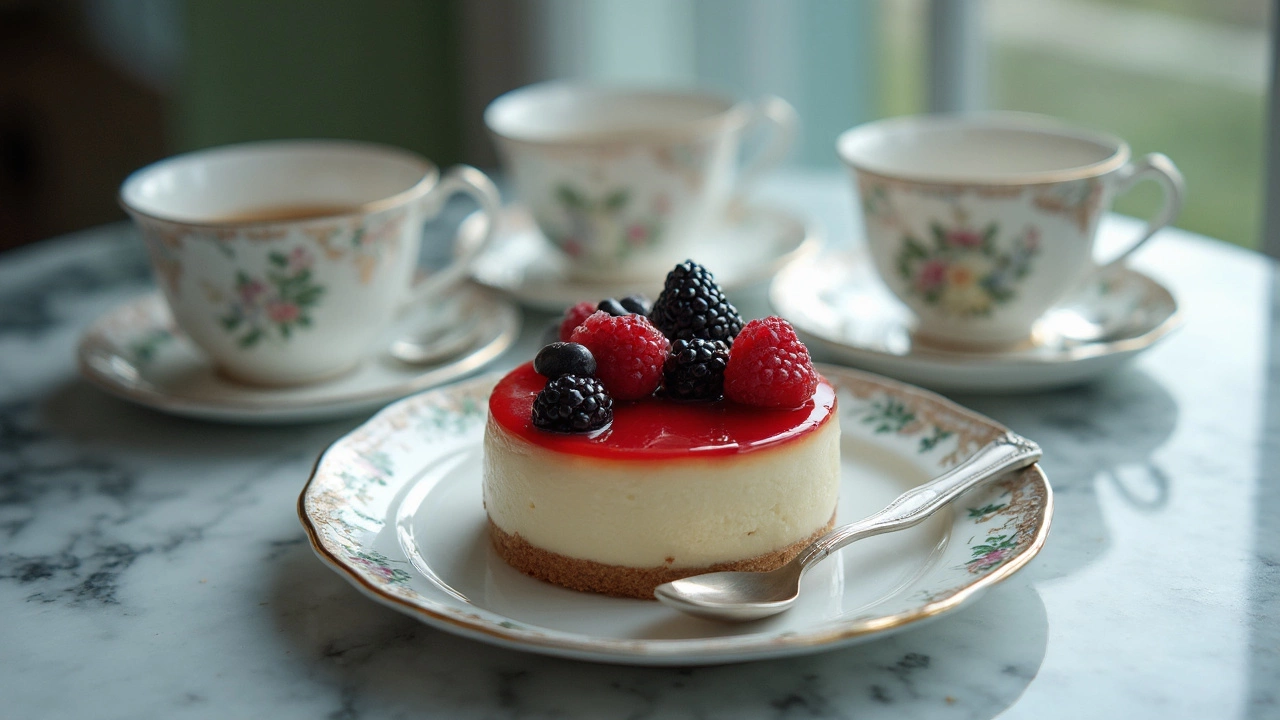
Choosing the Right Cheesecake
Trying to decide whether a baked cheesecake or a continental cheesecake is right for your next dessert adventure? Let’s break it down based on occasion and taste preferences.
If you're hosting a dinner party and want to serve something luxurious and classic, a baked cheesecake is often the crowd-pleaser. Its creamy, rich texture pairs well with bold flavors like chocolate or berry compote. Plus, it can be made a day in advance, letting the flavors develop beautifully in the fridge.
But, if you're looking for a lighter finish to a casual meal or an afternoon treat, a continental cheesecake is the way to go. It’s less dense and often has a refreshing quality, making it perfect for warmer weather or a potluck where dishes are already quite hearty.
Here's a quick comparison to help with your decision:
| Factors | Baked Cheesecake | Continental Cheesecake |
|---|---|---|
| Texture | Rich and dense | Light and creamy |
| Prep Time | Longer, with baking and cooling | Shorter, requires chilling only |
| Flavor Robustness | Intense, developed flavors | Subtle, fresh flavors |
| Occasion | Formal or festive settings | Casual or informal gatherings |
Got dietary restrictions or ingredient preferences? You might find continental cheesecakes more adaptable, as they can often be made with dairy-free substitutes without losing their signature texture. Just swap the cream cheese for a non-dairy version and you're set!
In the end, the right choice depends on your occasion, guests, and of course, what you’re feeling like making. Trust your gut and remember—it’s hard to go wrong with cheesecake!
Tips for Cheesecake Perfection
Making a truly divine baked cheesecake or continental cheesecake doesn't just happen by chance. It requires some well-thought-out tips and tricks to master the art.
Starting with a baked cheesecake, temperature is key. Always ensure your ingredients are at room temperature. This prevents any lumpy textures when you mix your batter. Mix but don’t overdo it—overmixing can introduce too much air, causing cracks when baking.
When it's oven time, a water bath is your cheesecake’s best friend. Wrap the bottom of your springform pan in foil and set it in a roasting pan filled with hot water. This gentle cooking method prevents cracking and helps achieve a creamy consistency.
As for the continental cheesecake, getting that perfect texture is about patience. Allow enough chilling time in the fridge, usually 4 hours but overnight is even better. Use gelatin or agar to help the set if needed, especially for those hotter climates.
And don’t forget, presentation matters! Use a hot, dry knife to slice through for clean, beautiful pieces. Serve your masterpiece with a fresh fruit coulis or a dusting of cocoa powder for a pro look.
- Room temperature ingredients for smooth mixing
- A water bath method for baked cheesecake consistency
- Sufficient chilling for continental cheesecake setting
- Presentation techniques for visually appealing slices
| Tip | Description |
|---|---|
| Room Temperature Ingredients | Ensures smooth mixing without lumps |
| Water Bath | Prevents cracks and ensures even baking |
| Sufficient Chilling | Allows flavors to meld and cheesecake to set |
| Proper Slicing | Use a hot knife for clean slices |
So, whether you're opting for the creamy allure of a baked version or the refreshing delight of a no-bake one, these tips will set you on the path to cheesecake perfection!
Cheesecake Serving Suggestions
Serving cheesecake is an art of its own, whether it's a baked cheesecake or a continental cheesecake. First thing first, you'll want your cheesecake cool and firm, so let it chill in the fridge for at least four hours before you even think about slicing.
Got a lot of guests over? Consider setting up a cheesecake bar! It's like a salad bar but better. Arrange slices of your favorite cheesecake varieties on a board, and offer fun toppings like fresh berries, chocolate shavings, or even a drizzle of caramel sauce. Not only does it look fancy, but it also lets everyone customize their dessert.
For a fancier occasion, pair your cheesecake with a glass of sweet wine or champagne. It might sound a little fancy-schmancy, but trust me, the sweetness from the wine compliments the richness of a baked cheesecake deliciously.
- Chill thoroughly before slicing.
- Use a hot, dry knife for clean cuts—dip the knife in hot water and wipe off excess water before each cut.
- Garnish with seasonal fruits, like strawberries in the summer or pomegranate seeds in the winter.
And don't forget! Cheesecake can be a great make-ahead dessert. Prepare it a day before your event to let the flavors set and develop.
Want more inspiration? Picture this: a creamy slice of continental delight, topped with tangy raspberry coulis and a dollop of whipped cream. Or, a rich baked classic adorned with chocolate curls and a sprinkle of chopped nuts. The options are endless, and each brings its unique spin to the table.


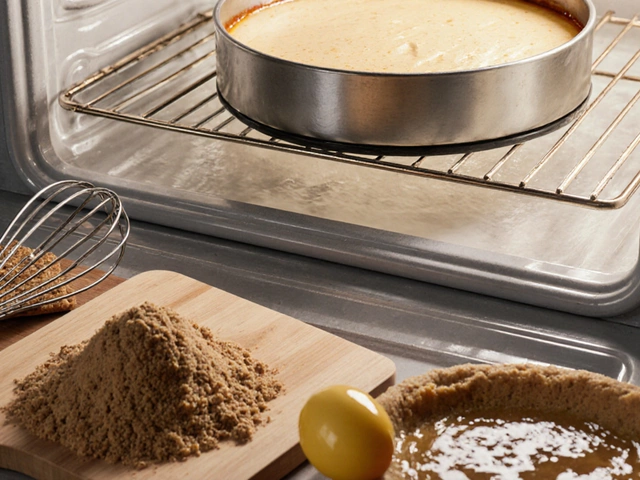
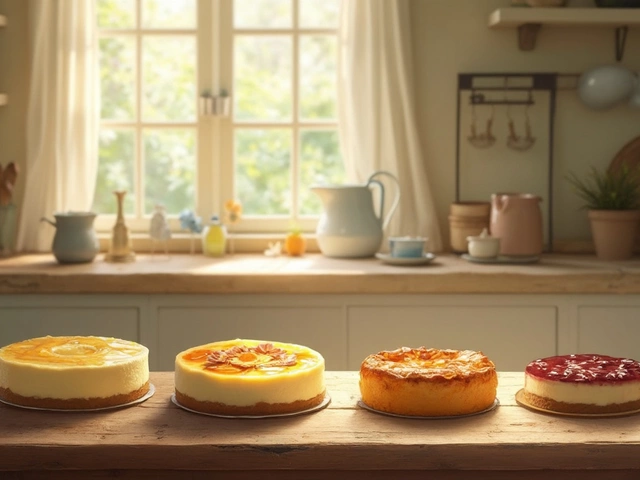
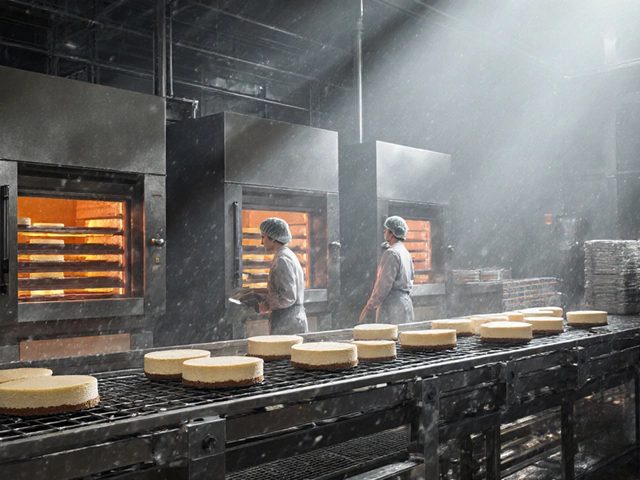


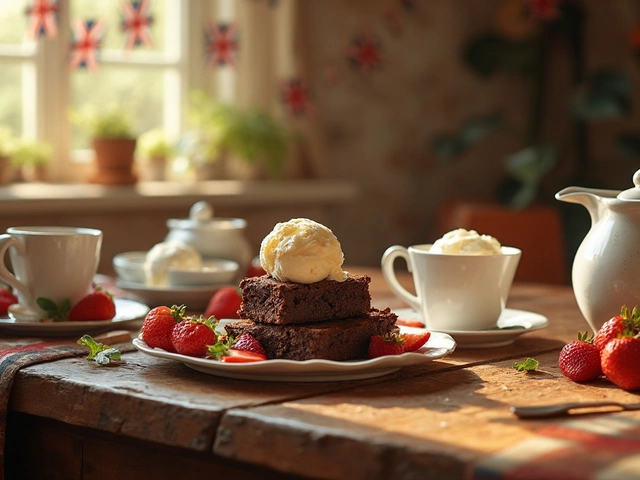
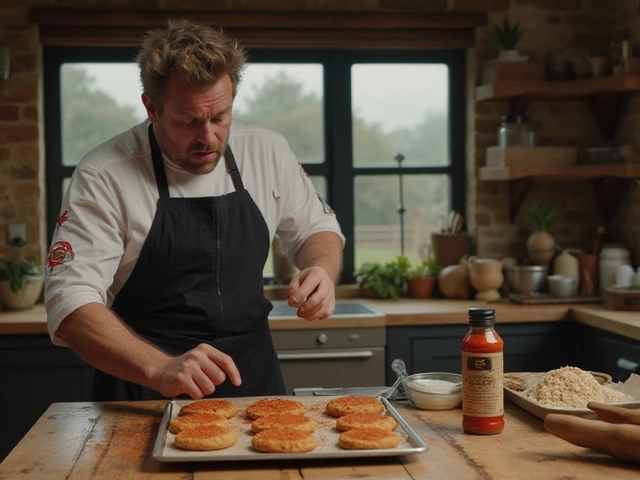

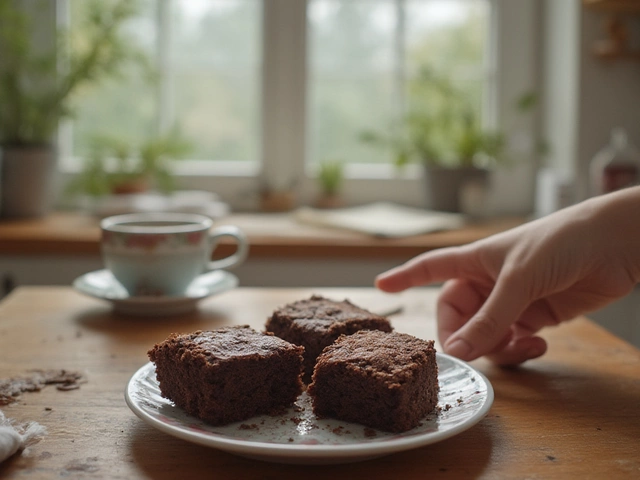

Write a comment